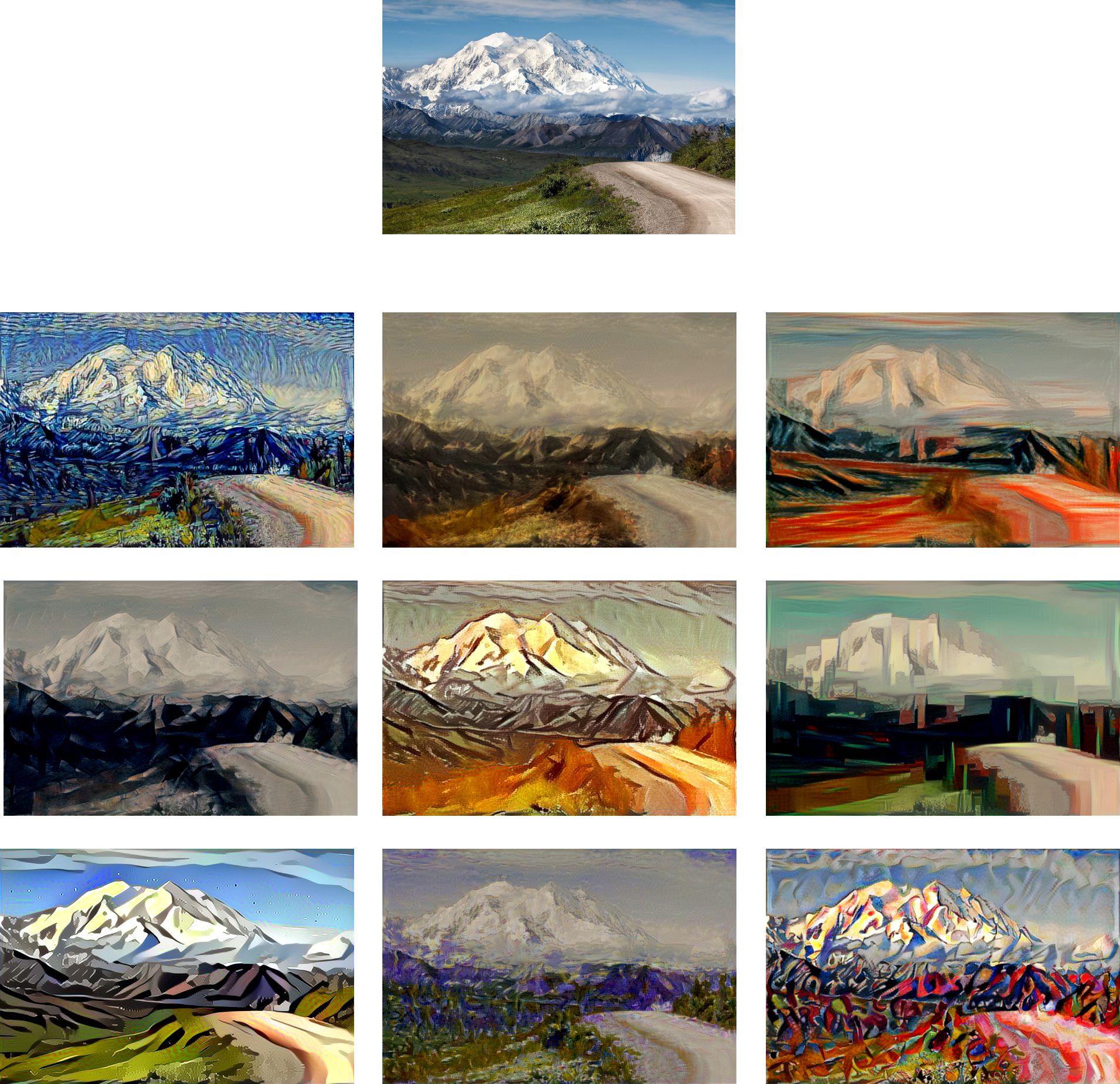Andrew Glassner wrote another book, Deep Learning: From Basics to Practice. It’s two volumes, find it on Amazon here and here. It is meant as a full introduction to the topic, 1650 pages of text (with an additional 90 page glossary at the end). It uses about 1000 figures to build up mental models of how the various algorithms and processes work, and explains how to use the popular Keras neural net API with Python. There’s a free sample chapter, on backpropagation, at his site. I’ve read about a quarter of the book and look forward to getting to “the meat” – Glassner lays the groundwork with chapters on probability, test data and analysis, information theory, and other relevant topics before plunging into deep learning itself. He aims to be accessible to math-averse readers, but does not dumb down the material. While the writing style is informal and approachable, it sometimes takes a bit of work to absorb, which is as it should be.
Full disclosure: I’m friends with Andrew and helped review a portion of the book. I’ve received no pay, and bought the books for my own education, as they look to be useful. I’m impressed by his dedication in writing such a tome, 20 months of labor, working through a large number of academic papers (each chapter ends with a set of references, along with URLs). From past works, I feel confident that what I’m going to read is factually correct and written in a clear fashion.
If you already know about the topic and are lecturing on the subject, he’s made all the figures free to download and use under Fair Use, along with his Python/Jupyter notebooks for all examples. Here’s a figure from the style transfer section of Chapter 28.

My only regret is there’s no back cover (e-books don’t need them), for relevant quotes from famous people. I even suggested a few:
- “With artificial intelligence we are summoning the demon.” – Elon Musk (source)
- “I think the development of full artificial intelligence could spell the end of the human race.” – Stephen Hawking (source)
- “Artificial intelligence is the future, not only for Russia but for all of mankind… Whoever becomes the leader in this sphere will become the ruler of the world.” – Vladimir Putin (source)
Wouldn’t you want to read a book explaining the methods that will bring about the downfall of our civilization? Of course, they mean general intelligence, not the specialized tasks deep learning is aimed at. Books such as Incognito show how little we know of our own internal workings, how consciousness is just a small part of what the brain’s about. It’s hard to imagine we’re going to suddenly crack the problem of creating general intelligence any time soon, let alone create a runaway paperclip maximizer.
This existential threat feels way overblown, something that makes for great movies, sort of like how elevators go into free fall in Hollywood but never in real-life (problem was essentially solved a century ago). I saw Steven Pinker give a talk last night (his new book seems cheery, nice review here), and he noted that nuclear war and climate change catastrophes are much more real and important than fictitious runaway AIs. (Fun fact: Pinker was once an assembly language programmer.) His opinion piece is a great read, pointing out the dangers of apocalyptic thought. But I digress…
So, whether you’re waiting for the end of the world or for the Singularity (or both), Glassner’s book looks to be a good one to read in the meantime to get a grounding in this old-yet-new field and learn how to use deep learning systems available (for free!). Oh, and the two volumes are ridiculously cheap, and I find I can even read them on my cell phone.
These days I read most books online. But I would totally buy a hardcover edition of Andrew’s book if it had those quotes on the back.